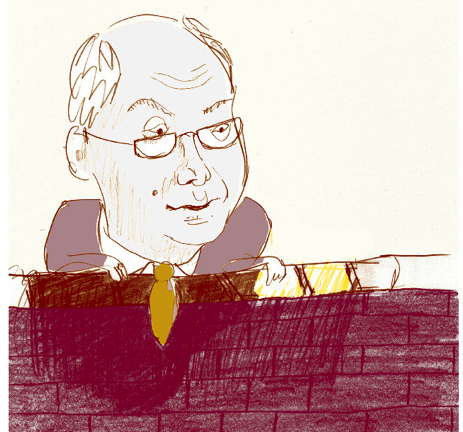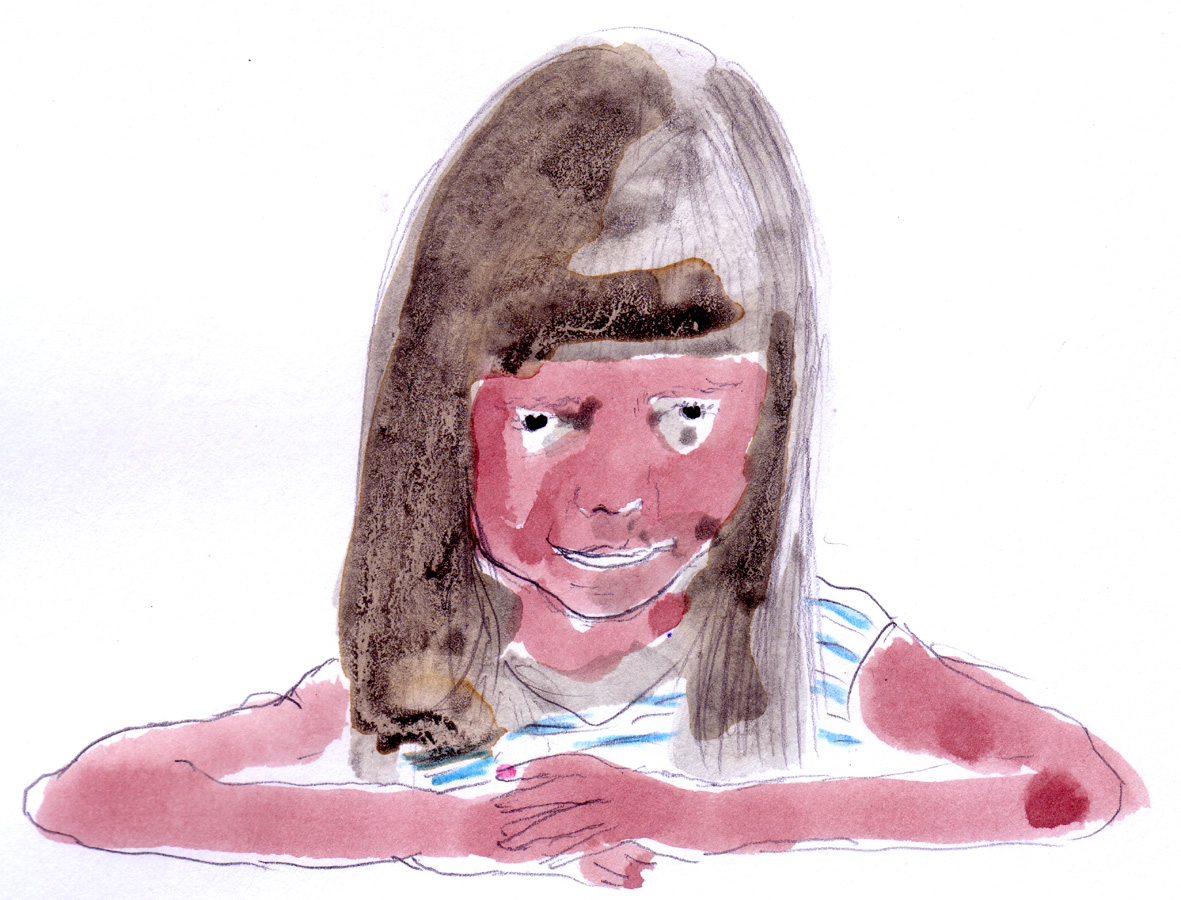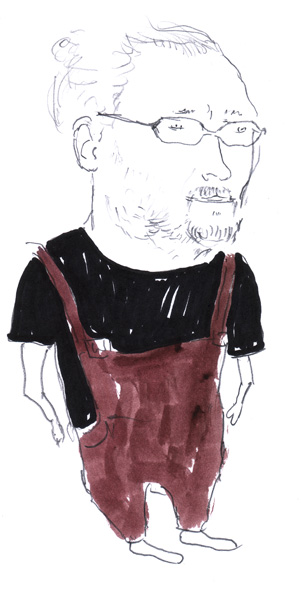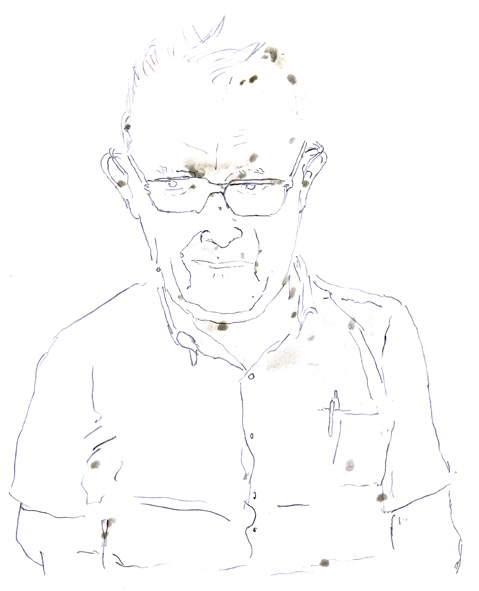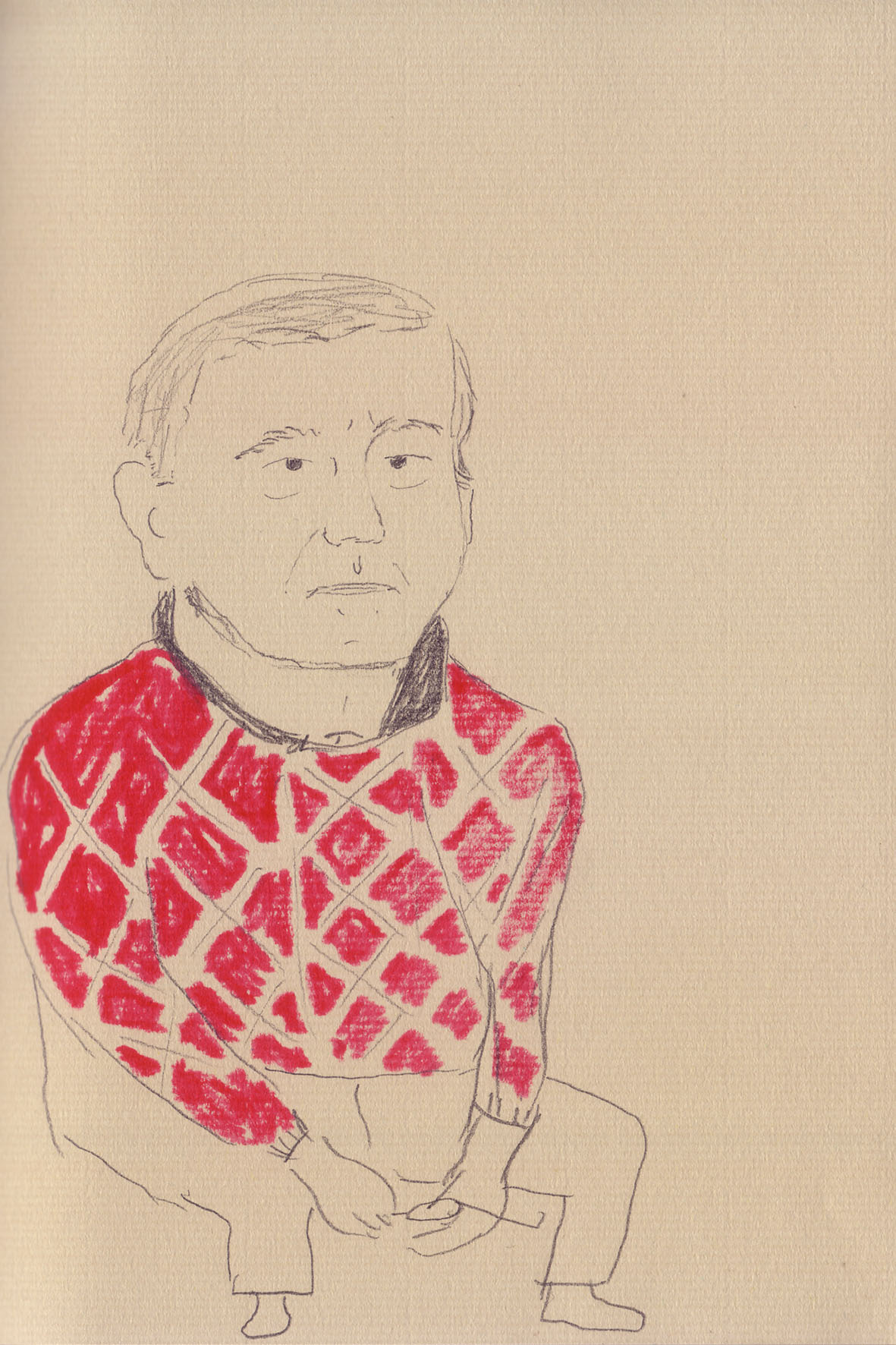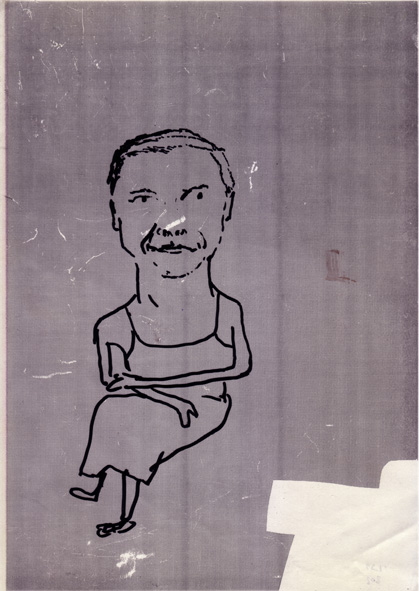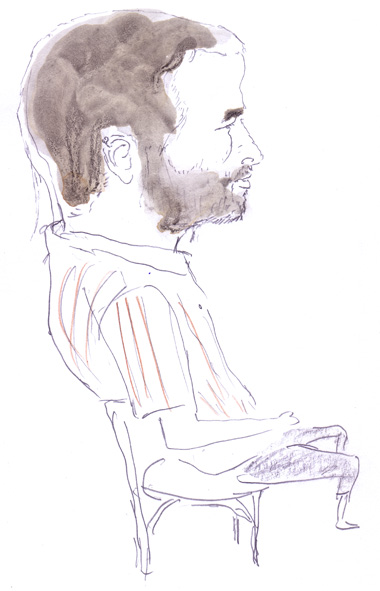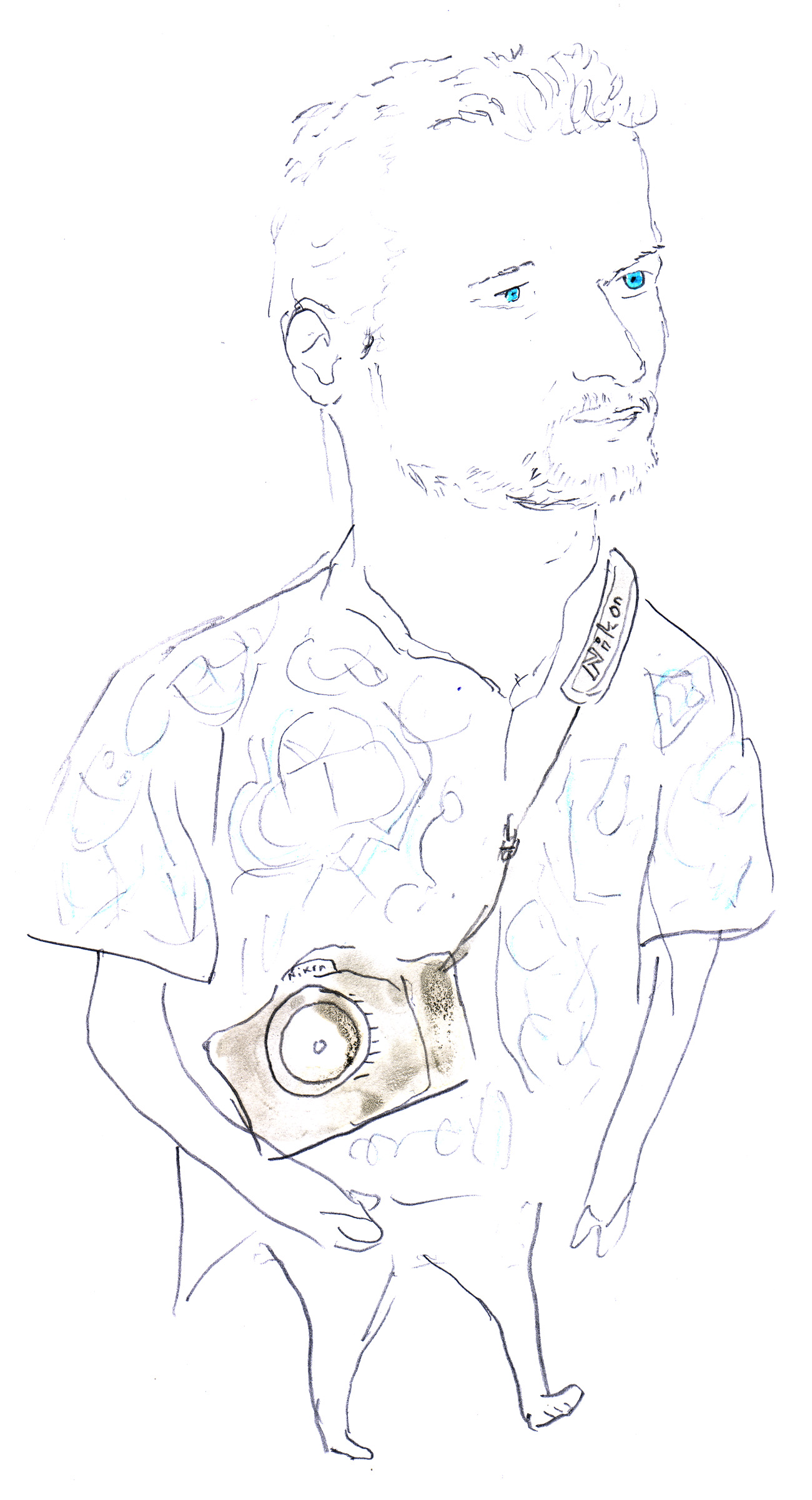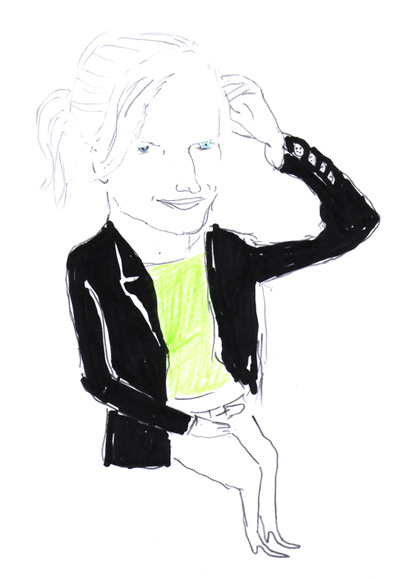“Mitoyennetés aberrantes” should probably be translated as “Aberrant neighbourhood”. It was conceived in october 2007 by Olivier Spinewine (drawing, photographing and filming reportage), Lionel Devlieger (text) and Alexia de Visscher (graphism). Eventually the project took the form of an exhibition and the edition of a zigzagfolder (download the pdf here).
The concept evolved around French and Dutch speakers, seen as neighbours, co-living in the Belgium of the Government crisis in 2007. This period was called the “Orange bleue” (the blue orange) due to the colours of a liberal-catholic coalition foreshadowed from the summer to the winter, but which, at the end, has never seen the light. During these post-election six months, Belgium had no new Government and the traditional conflicts between French and Dutch Communities were exacerbated. “Will the federal, unitary Belgium still exist in the future?” was the big question of this period.
“Mitoyennetés aberrantes” was a reportage about neighbourhood in general, developed against this particular background. Colours for example could not be more innocent. The guy who looks up the wall is strangely similar to Herman Van Rompuy (the “explorer” chosen by the king to set up a viable coalition). We choose the way of humour and intimacy. The first point is that there’s always a gag to be done with neighbours: either they don’t cut their hedges or when they cut them, it falls on your head. If that step is ok, as a drawer you can then mix it with a simple series of observed gardens separated by edges again, now they are in the reader’s mind.
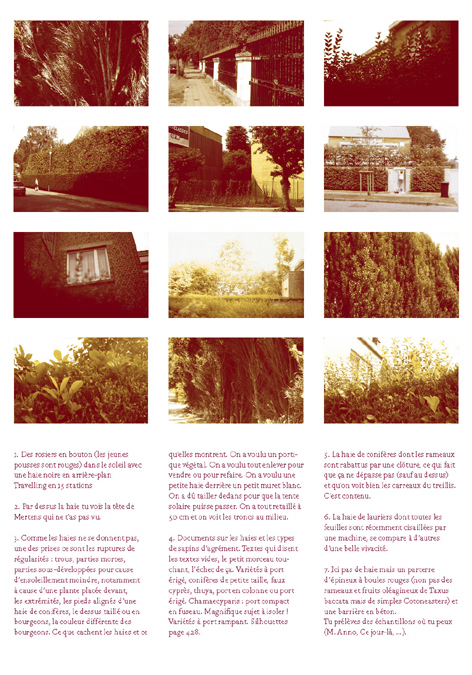
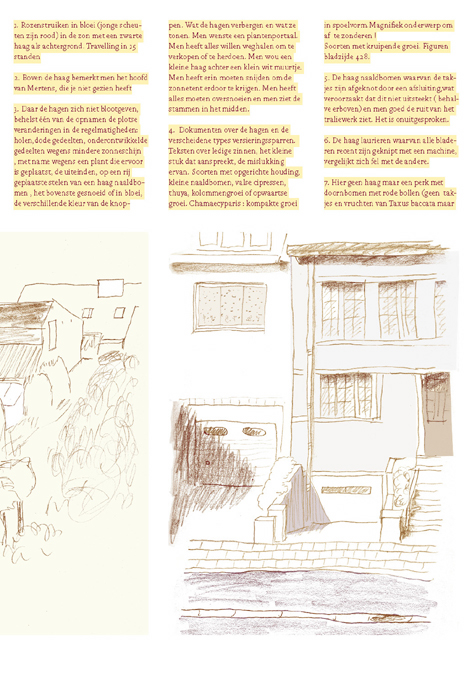
Edges and fences are a also question of intimacy and of living-together. The two texts in the folder talk about that. The first one with the numbers describes what is seen on a daily walk in a neighbourhood with a relatively blank tone. The aim is, paraphrasing Emmanuel Hocquard (1), to avoid lyricism seen as a narcissist state of mind, a tiny memory and an individual complaint from a suffering subject, full of nostalgia. Instead, the aim is to make an echo, shut the mouth, listen, choose, give the echo back. Some of the aphorisms were also written after a Treatise on gardening, intending to keep the description on the easier mode, like when it’s raining and you write “It’s raining”.
The second text, written by Lionel Devlieger (architect teaching drawing in Gent University and member of www.rotordb.org) talks about neighbourhood in the showers of a high class fitness club in Brussels, mainly used by Belgian politicians. These showers first had no panels, next side panels made from transparent glass were added, to be suddenly replaced by dark panels. In fact the glass panels were simply painted and occasional drawers started to draw in the painting with their keys: erotic and homo erotic graffiti appeared with the support of the federal ministry of neighbourhood. I mean that the clubmanager wrote a letter to stop this experience in interactive architecture.
Neighbours:
Beside the pictures and the texts of the zigzagfolder, there was also a series of portraits drawn in the street in Brussels, a collection of “neighbours” that visitors were able to “meet” during the exhibition. And a series of large drawings (50 x70 cm), kind of out of size, non direct and unpublished press illustration. These pictures and the ones mentioned before inscribe themselves within a sequential reportage drawing tendency. For which Emanuel Hocquard’s quotation could be a guideline.
Brussels, June the 23rd 2008
1 HOCQUARD, E., Ma haie, Paris, POL, 2001, pp. 60-61: Le retour au lyrisme, ce sera à coup sûr le retour aux états d’âme narcissiques, à la petite mémoire et à la plainte individuelle qu’un sujet souffrant, plein de nostalgie (cette forme rampante du ressentiment), pousse devant lui comme le bousier coprophage des terrains vagues.(…) Il s’agit plutôt de faire écho. Se taire, écouter. Choisir. Recueillir. Restituer l’écho. La réverbération logique. La réflexion. Réciter
